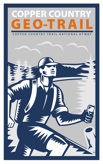

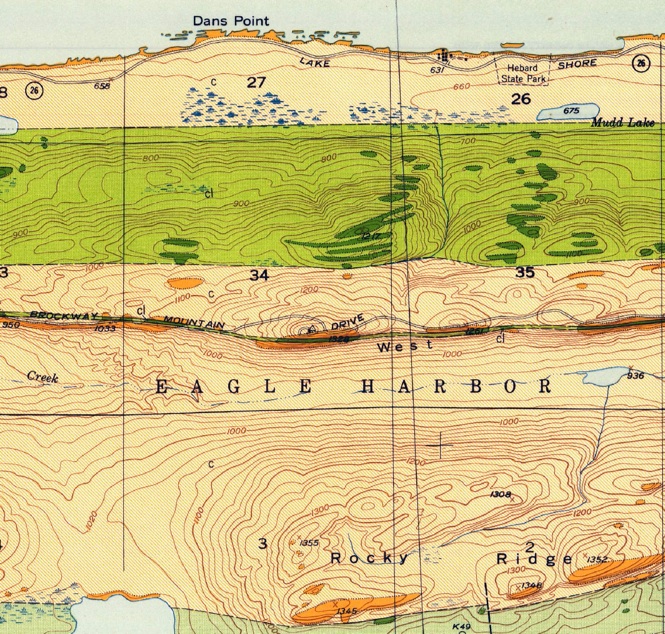
The Brockway fan is located along the Keweenaw rift, a giant crack in the Earth that was the source of all the great lava flows that occur in the Keweenaw and on Isle Royale. The rift event tore the continent apart and created a basin where Lake Superior now is found. The Keweenaw is the best place to see the rocks of that old rift, since they are covered by younger rock layers for most of the extent of the rift from Kansas through Lake Superior all the way to Ohio. When the Keweenaw rift formed, Michigan was moving away from Minnesota and Ontario, forming a basin that eventually filled with lava.



Brockway Mountain is a spectacular ridge of conglomerate rock which extends about 6 miles from Copper Harbor to Agate Harbor. It is an ancient (1.1 billion year old) alluvial fan, one of several such fans which occur in the Copper Harbor Conglomerate Formation (Elmore, 1984). Alluvial fans form on the edges of steep slopes, especially mountain fronts. Modern equivalents can be seen in places like Death Valley, California or at the edge of young mountains like the Andes or Himalaya ranges. Alluvial fans are deposits of boulders and cobbles which tumble along in fast moving streams and then deposit where the slope flattens suddenly.

Modern and active alluvial fan in Death Valley, California.

Map of the Mid-continent rift, with igneous rocks in Green and sediments in yellow. Most of these rocks are covered and invisible at the surface, except near Lake Superior (Ojakangas et al., 2001).
The alluvial fan hypothesis implies a mountain on one side. Where is that mountain now? 2. It suggests desert conditions. Is that reasonable?

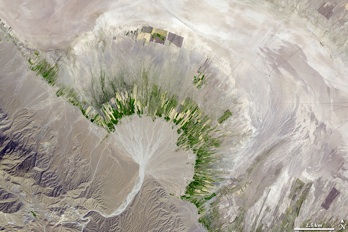
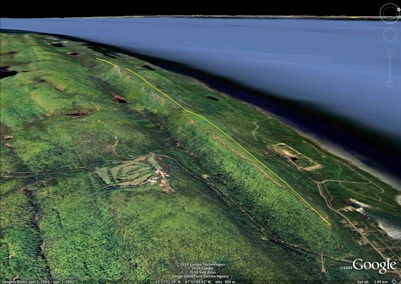
Brockway Fan is 10 km wide. Extending from Copper Harbor to Agate Harbor
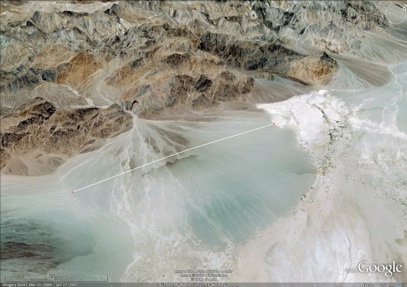
This Alluvial fan near Stovepipe wells in Death Valley CA is 9.5 km wide
One way to test the idea of an alluvial fan is its scale. Is the Brockway Conglomerate outcrop shaped like a real alluvial fan? We checked its width--almost the same as one fan we found on Google Earth from Death Valley--one place you can find many such fans.
The Brockway fan makes a ridge because the conglomerate of the fan is much harder than the sandstones and shales that make up the other rocks surrrounding. So they erode more rapidly. and make lowlands.
It is also possible to test the thickness of the fan which should be greatest in the center and should thin toward the edges. This also seems to be true for the Brockway fan.
Debris flow deposits on an alluvial fan in Panamint Valley at the base of Panamint Butte in the Cottonwood Mountains in Death Valley National Park (Inyo County). Note how the stream channel is incised near the top of the fan, but the debris flow deposit is spread out on the lower fan surface.




